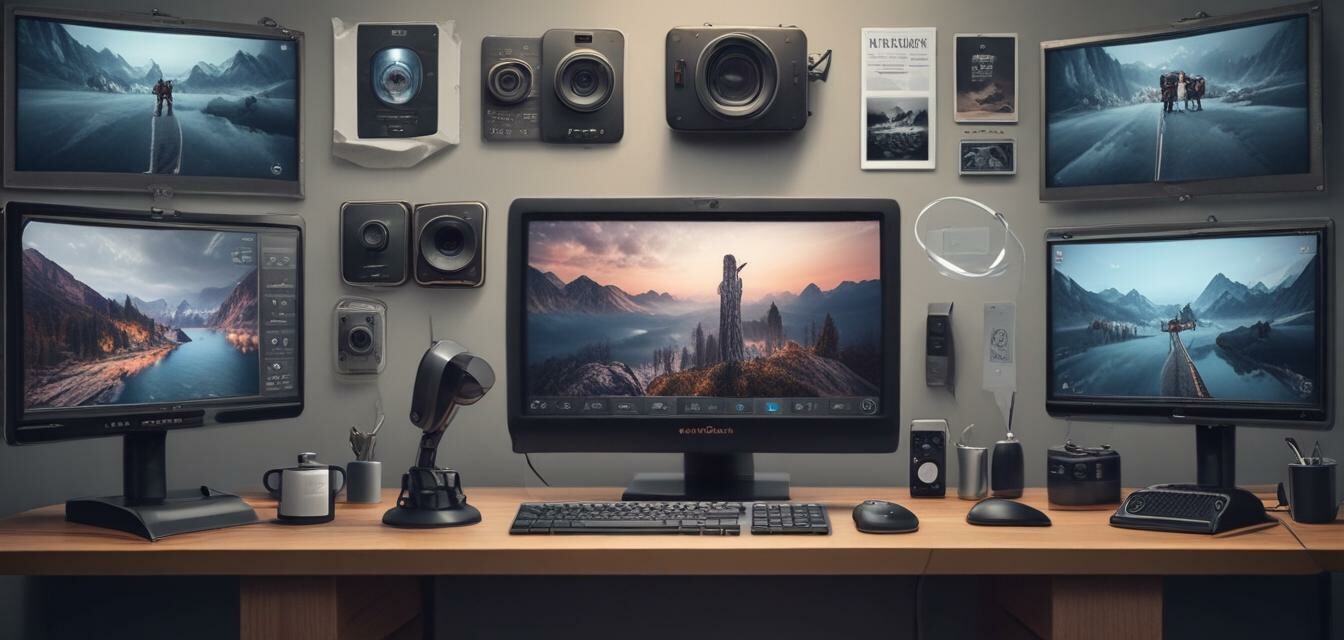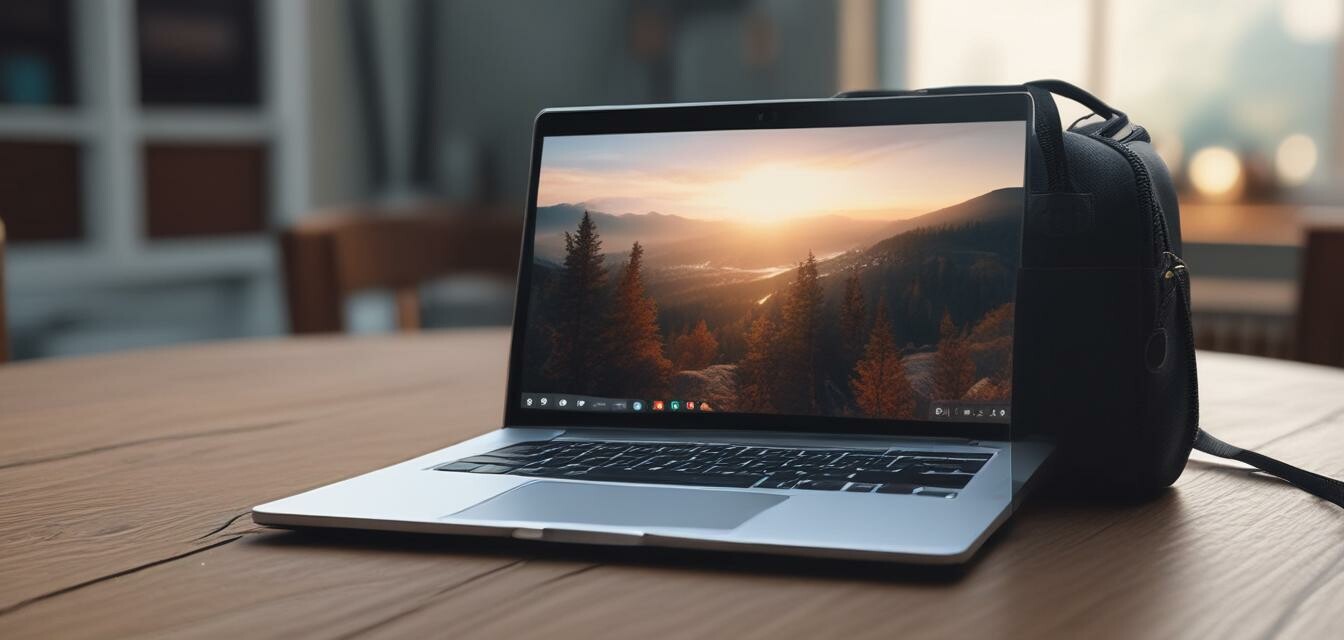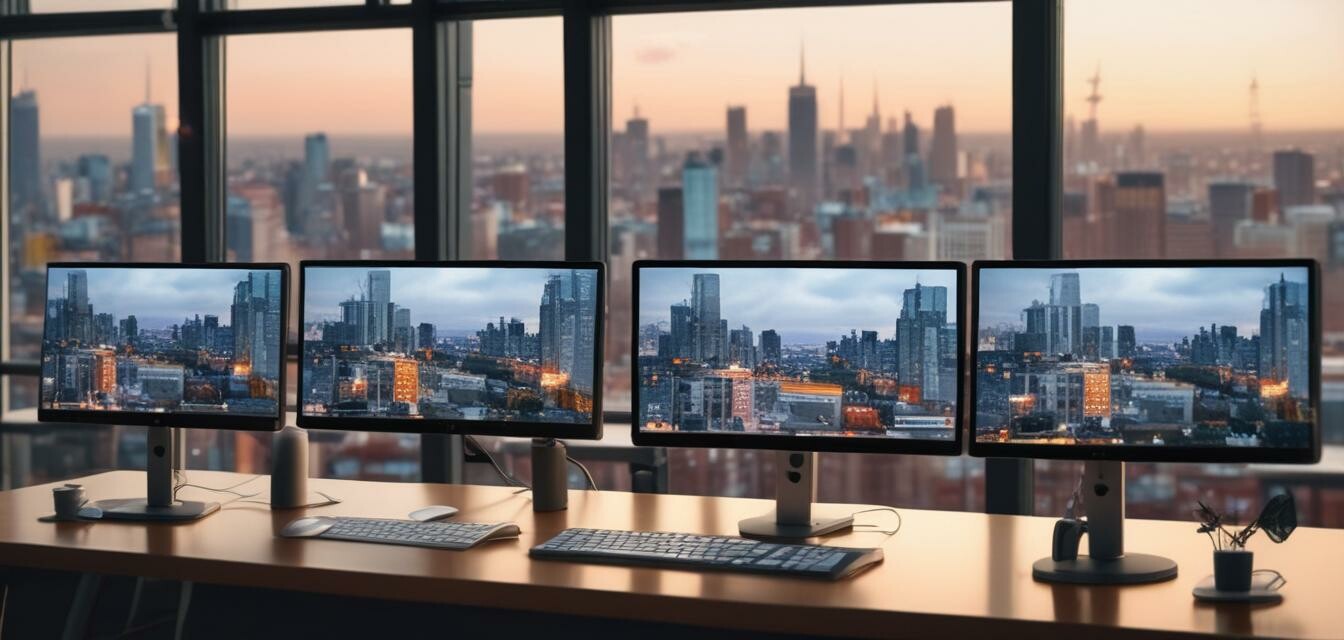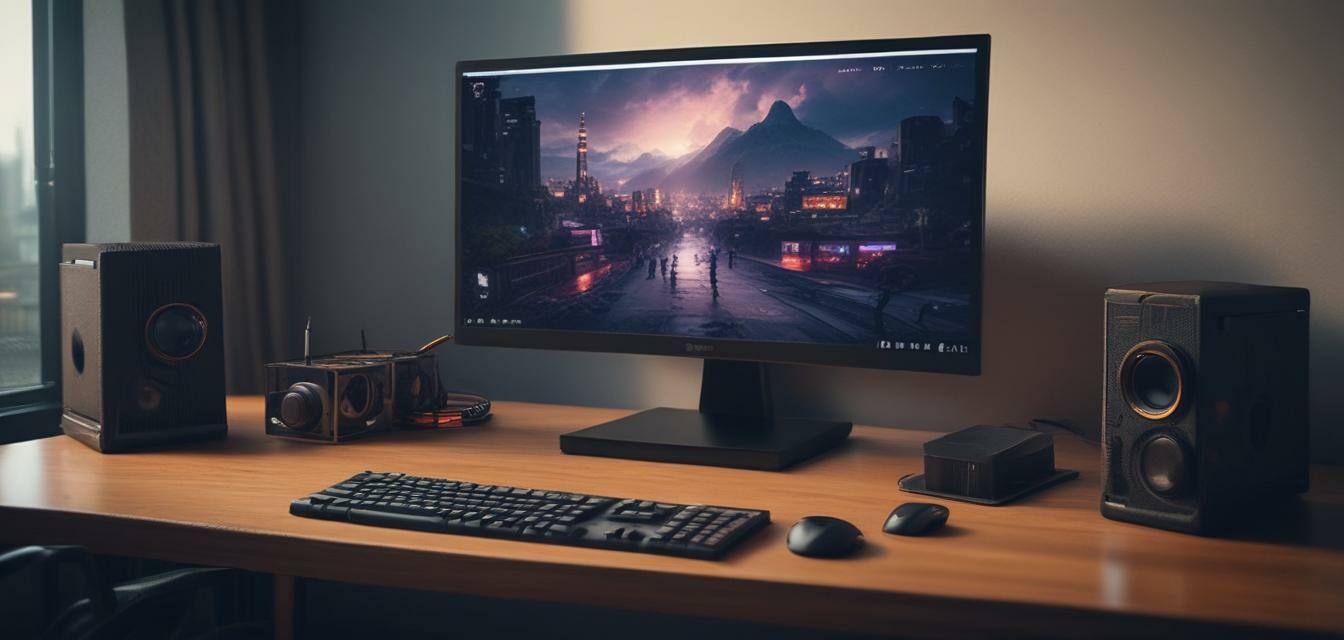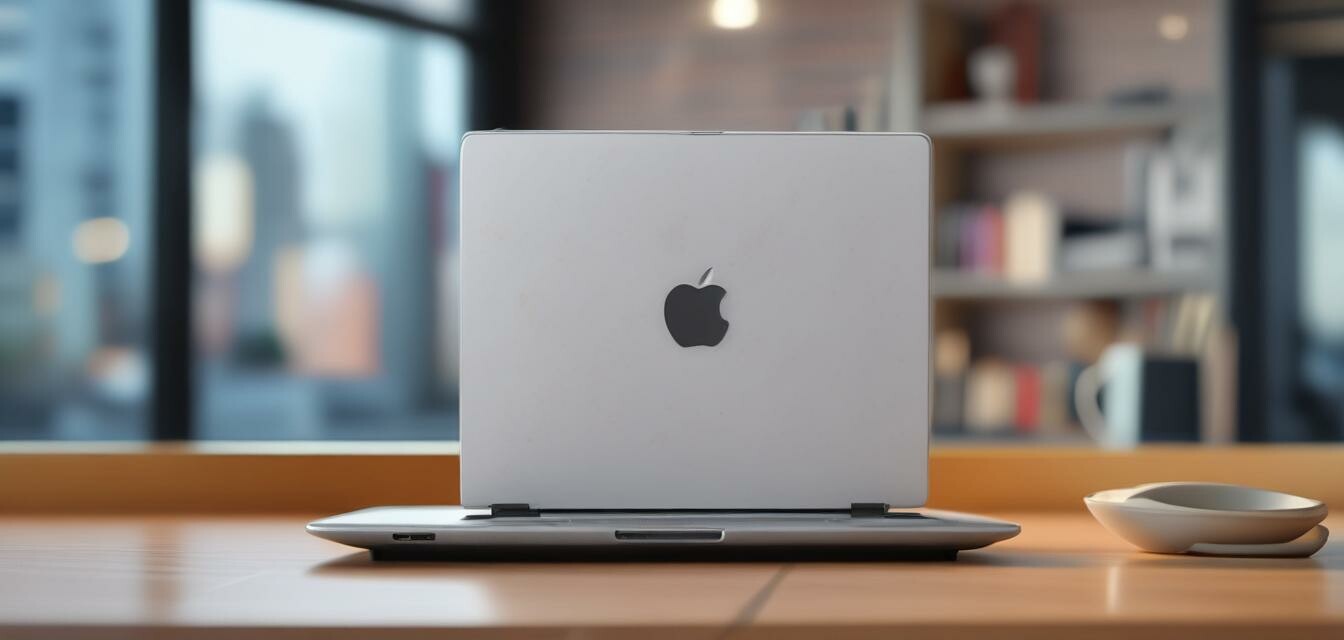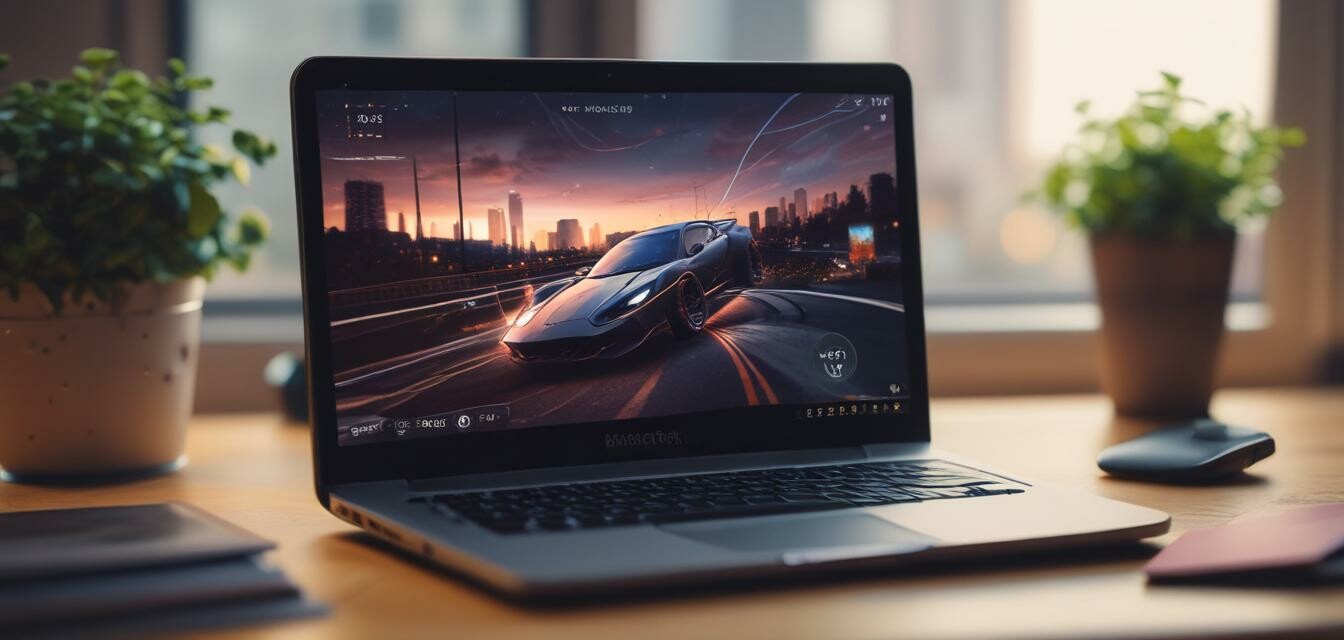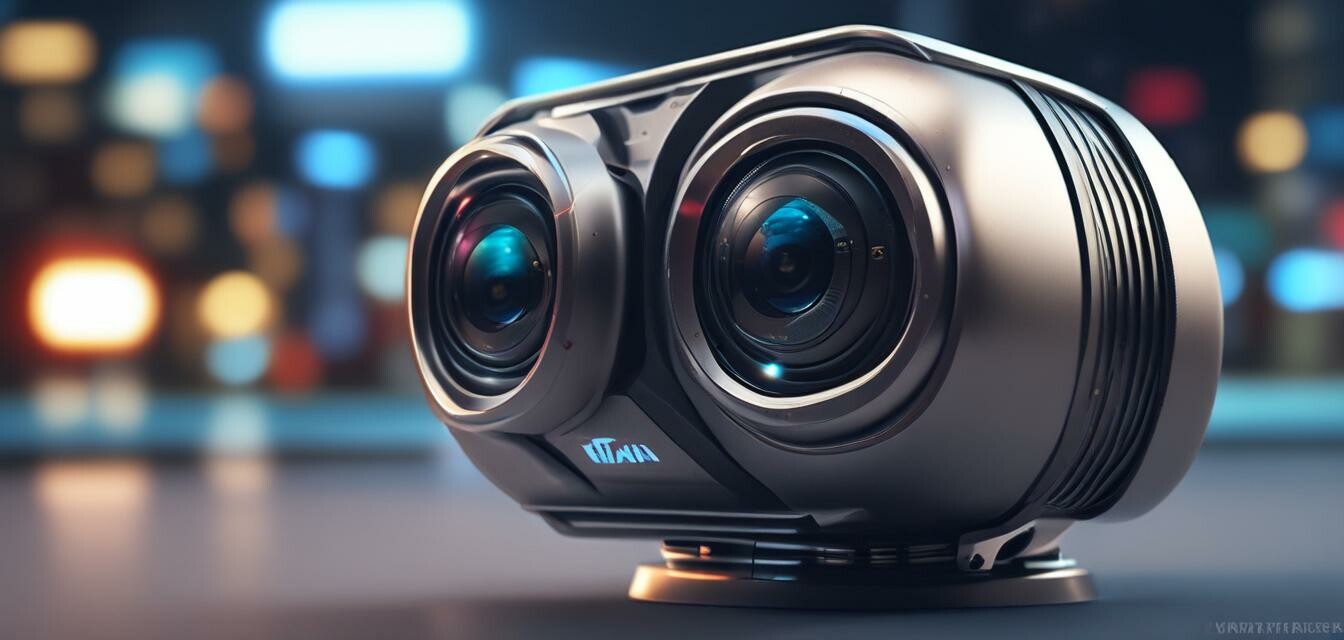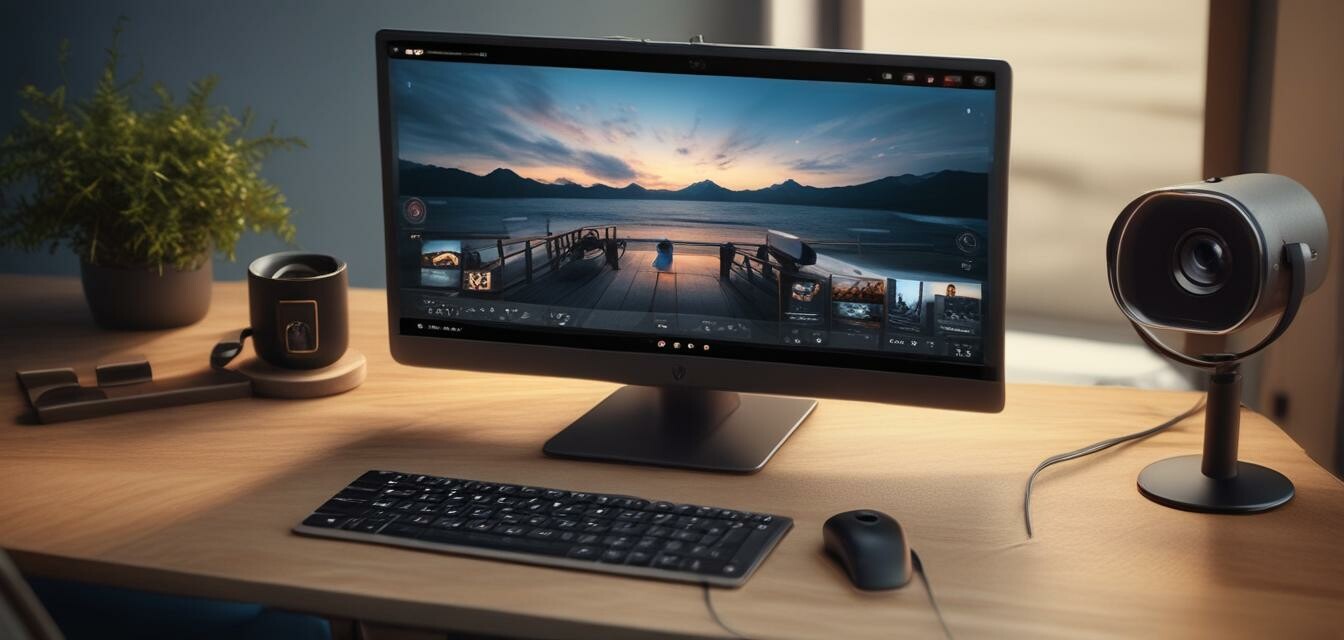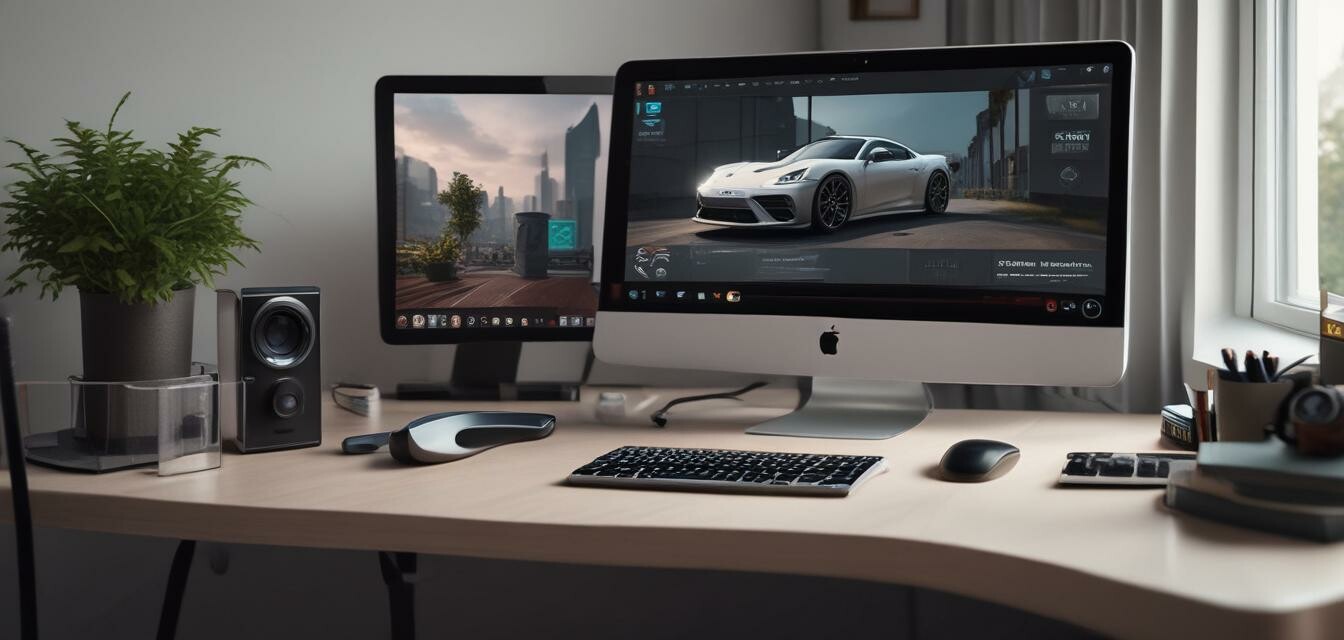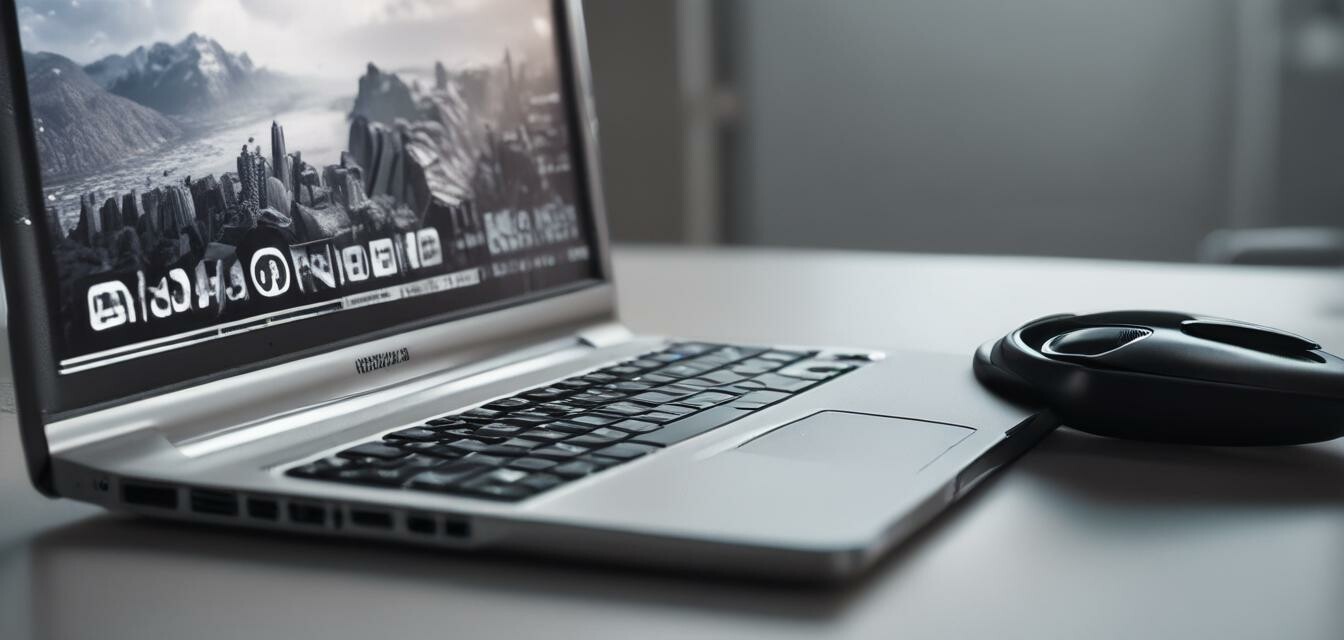
Webcam Privacy and Security
In an age where digital communication is vital, ensuring webcam privacy and security is crucial. This article delves into best practices to safeguard your personal data while using webcams. From physical protection to software solutions, we explore various ways to stay secure.
Key Takeaways
- Always cover your webcam when not in use.
- Keep your software and operating systems updated.
- Utilize strong passwords for devices and accounts.
- Be cautious of suspicious links and downloads.
Understanding Webcam Risks
Webcams can pose serious risks to your privacy if not properly secured. Hackers can access your webcam remotely, potentially spying on you without your knowledge. Here's a detailed look at these risks:
| Risk | Description | Impact |
|---|---|---|
| Remote Access | Unauthorized access allows hackers to view or record you. | Loss of privacy and potential blackmail. |
| Malware | Malicious software can enable hackers to take control of your webcam. | Compromised system security. |
| Data Theft | Hackers can extract sensitive information stored on your device. | Identity theft or financial loss. |
Common Webcam Threats
- Rogue applications that exploit vulnerabilities in the webcam software.
- Phishing attacks that trick you into revealing personal information.
- Public Wi-Fi risks where unprotected networks can be easily breached.
Best Practices for Webcam Security
Taking proactive steps can greatly reduce the risks associated with webcam usage. Below are some effective strategies to enhance your webcam security:
Tips for Beginners
- Cover Your Webcam: Use a sticker or a sliding webcam cover.
- Keep Software Updated: Ensure your operating system and applications receive regular updates.
- Use Strong Passwords: Employ unique passwords for your devices and accounts.
- Install Security Software: Use antivirus and anti-malware programs to keep threats at bay.
- Be Cautious of Links: Avoid clicking on suspicious emails or messages.
Physical Protection for Your Webcam
Taking physical measures can significantly enhance your webcam's security:
| Method | Description | Benefits |
|---|---|---|
| Webcam Cover | A physical cover that blocks the camera when not in use. | Guaranteed privacy; easy to use. |
| Placement | Position your webcam so it's less accessible to unauthorized users. | Reduced chance of physical tampering. |
| Device Security | Lock your devices when away and secure them with biometric login. | Enhanced device security, preventing unauthorized access. |
Software Solutions for Webcam Security
Beyond physical protections, software solutions can help secure your webcam. Here are a few suggestions:
- Firewall: Enable your firewall to restrict unauthorized access.
- Privacy Settings: Adjust privacy settings on your webcam application and operating system.
- Webcam Security Software: Use dedicated software that can provide alerts or block unauthorized access.
Recognizing Signs of Webcam Invasion
Being vigilant is key. Here are some signs that your webcam might have been compromised:
- Your webcam light turns on unexpectedly.
- Unusual software behavior during video chats.
- Slow system performance or unusual network activity.
What To Do If You Suspect Your Webcam Has Been Hacked
If you believe your webcam has been tampered with, take these steps immediately:
- Disconnect the webcam from your computer or cover it.
- Run a thorough antivirus scan.
- Change passwords for your accounts, primarily those accessible via your webcam.
- Consider consulting a professional if issues persist.
Conclusion
Webcam security is essential in our digital age. By following best practices and staying informed about potential threats, you can significantly enhance your privacy and security while using webcams. For more detailed information, check our Budget Webcams or explore Conference Webcams options that include built-in security features.
Pros
- Improved understanding of webcam risks.
- Heightened security awareness.
- Easy-to-implement best practices.
Cons
- Requires diligence and ongoing effort.
- Physical security measures can be overlooked.
Further Reading
For more on this subject, check out our other articles on Gaming Webcams, PC and Laptop Webcams, and Professional Webcams to stay informed about the best practices across various uses.
